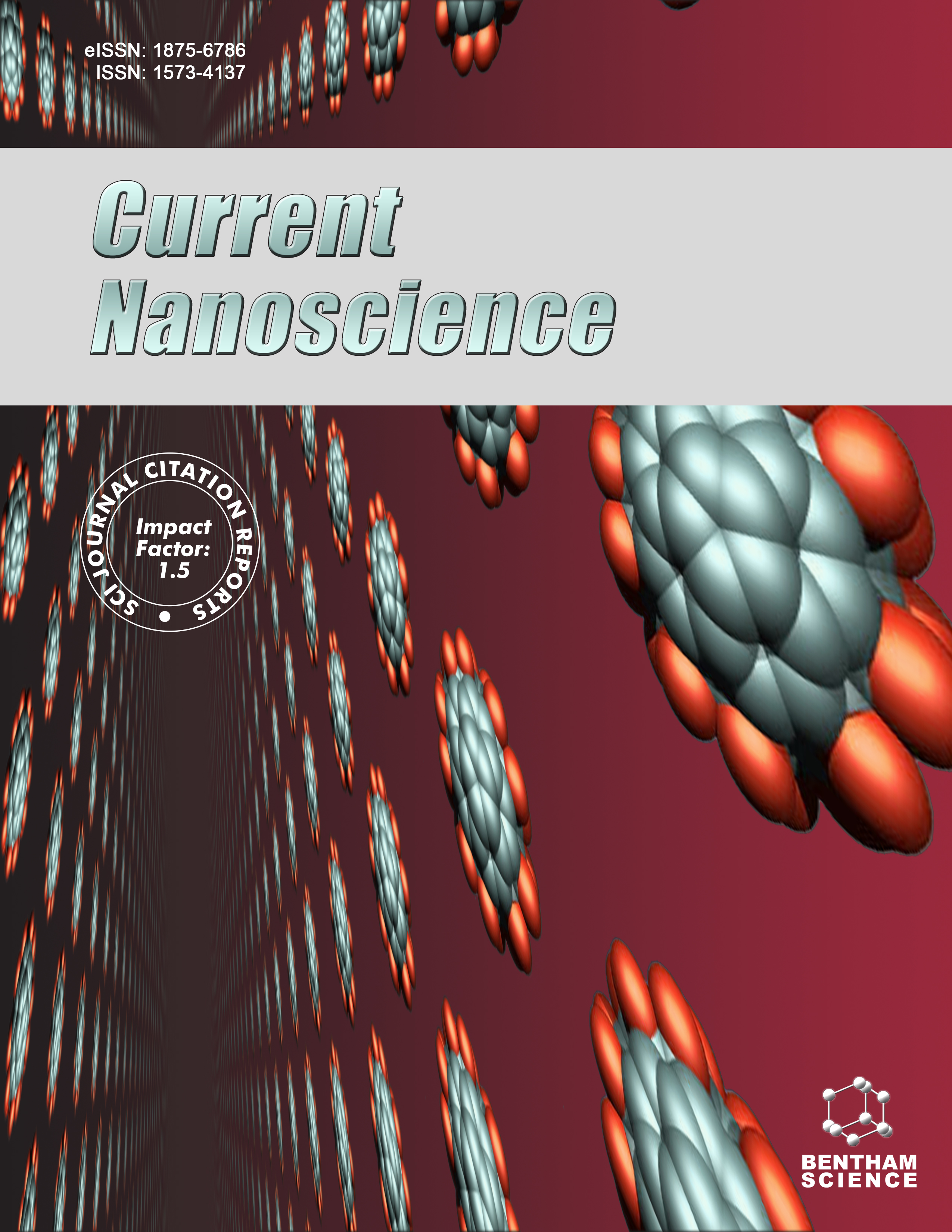
Full text loading...

Excessive applications of agrochemicals to meet the high food demand from ever-increasing populations are becoming a major issue for both health practitioners and environmental managers. Chemicals such as ethylene bis-dithiocarbamate pesticide mancozeb (MCZ) are known to have deleterious effects on the ecosystem. AIM: This study, aimed at assessing the suitability of cerium-doped zinc oxide (Ce-ZnO) for efficient degradation of MCZ fungicide.
The photocatalysts were synthesized using the coprecipitation method with zinc nitrate hexahydrate, cerium nitrate hexahydrate, and sodium hydroxide. The synthesized nanocomposites were further characterized by Powder X-ray Diffraction (PXRD), Fourier Transform Infrared spectroscopy (FTIR), Scanning Electron Microscopy (SEM), and Energy Dispersive X-ray Spectroscopy (EDAX). The average crystallite size of the as-synthesized particles was found to be 31.42 nm, with very sharp PXRD peaks revealing the pure crystal nature of the particles. The photocatalytic degradation activity was evaluated following a series of experiments under natural environmental conditions. The optimal conditions for the degradation of MCZ fungicide using Ce-ZnO were found to be 10 ppm initial concentration of MCZ, 20 mg dose of the Ce-ZnO photocatalyst, 180 minutes irradiation time, and 10-11 atmospheric UV index.
At the optimum conditions, the degradation efficiency was found to be about 90% after 180 minutes. The reported photocatalytic degradation of MCZ using Ce-ZnO fits a pseudo-first-order kinetic model with an R2 value of 0. 9677. Similarly, the reusability of the as-synthesized photocatalyst was evaluated and found to be active for five rounds with little change in the activity.
Thus, the degradation method in the current study can be suitable for the degradation and removal of MCZ in agricultural runoff in the field.

Article metrics loading...

Full text loading...
References


Data & Media loading...